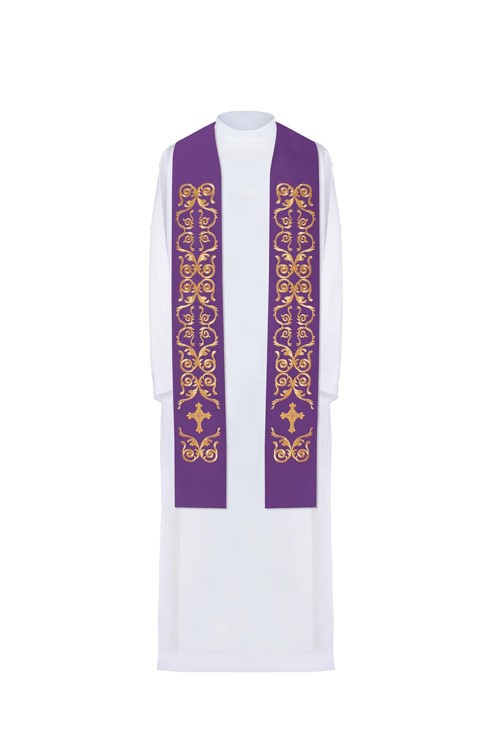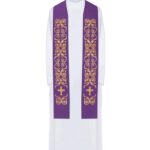
Exploring the Rich Tradition of Clergy Stoles: A Comprehensive Guide
Clergy stoles are an essential garment worn by ordained ministers, priests, deacons, and other religious leaders during worship services and other ceremonial occasions. These decorative garments serve both practical and symbolic purposes, adding color, beauty, and meaning to religious rituals. In this ultimate guide to clergy stoles, we will explore the history, significance, styles, materials, and proper wearing of these sacred garments.
History and Significance:
The tradition of wearing stoles dates back centuries and can be traced to early Christian practices. Stoles were originally worn as a symbol of authority and were often decorated with religious symbols or imagery. Over time, the stole became associated with the idea of yokes, representing the burden of leadership and service to the church.
In contemporary Christianity, the stole continues to be an important symbol of the ministerial office. It is typically worn draped around the neck and hanging down the front of the clergy member’s robe. The colors and designs of the stole often vary depending on the liturgical season, religious denomination, or specific occasion.
Styles and Designs:
Clergy stoles come in a wide variety of styles, designs, and lengths. Some stoles are plain and unadorned, while others are intricately embroidered or embellished with symbols, crosses, or other religious motifs. Common styles include:
- Rectangular Stoles: These stoles are rectangular in shape and are often worn by priests and ministers of various denominations. They can be simple or elaborately decorated, depending on the wearer’s preferences and the requirements of their faith tradition.
- Tapered Stoles: Tapered stoles are wider at the neckline and narrow down towards the ends. They are commonly worn by deacons and other clergy members in certain traditions.
- Overlay Stoles: Overlay stoles are designed to be worn over the shoulder, with one end hanging down the front and the other draped over the back. They are often used in liturgical settings where the clergy member needs to move around freely.
- Reversible Stoles: Reversible stoles feature different colors or designs on each side, allowing the clergy member to easily switch between them depending on the occasion or liturgical season.
Materials:
Clergy stoles can be made from a variety of materials, including silk, satin, cotton, wool, or polyester. The choice of material often depends on factors such as comfort, durability, and budget. Silk stoles are luxurious and have a smooth, lustrous finish, making them popular choices for special occasions and formal ceremonies. Cotton and polyester stoles are more affordable and easier to care for, making them suitable for everyday use.
Proper Wearing and Care:
When wearing a clergy stole, it is important to ensure that it is properly positioned and secured around the neck. The stole should hang evenly down the front of the robe, with the ends extending to roughly the same length. It is usually secured in place with a cord or clasp at the back of the neck to prevent it from slipping or shifting during the service.
Clergy stoles should be treated with care to ensure longevity and maintain their appearance. Depending on the material, stoles may need to be dry cleaned or hand washed using gentle detergent. Avoid using harsh chemicals or bleach, as this can damage the fabric and any embellishments or embroidery.
Conclusion: Clergy stoles are more than just decorative garments; they are symbols of religious authority, leadership, and service. From their humble origins in early Christianity to their present-day significance in various religious traditions, stoles continue to play a vital role in worship and ceremonial rituals. Whether plain or ornate, silk or cotton, clergy stoles serve as a visual reminder of the sacred duties and responsibilities entrusted to those who wear them.










:max_bytes(150000):strip_icc()/tl-columbia-puffer-sale-one-off-tout-31614a18700b4ffb814c40525de190fe.jpg)
